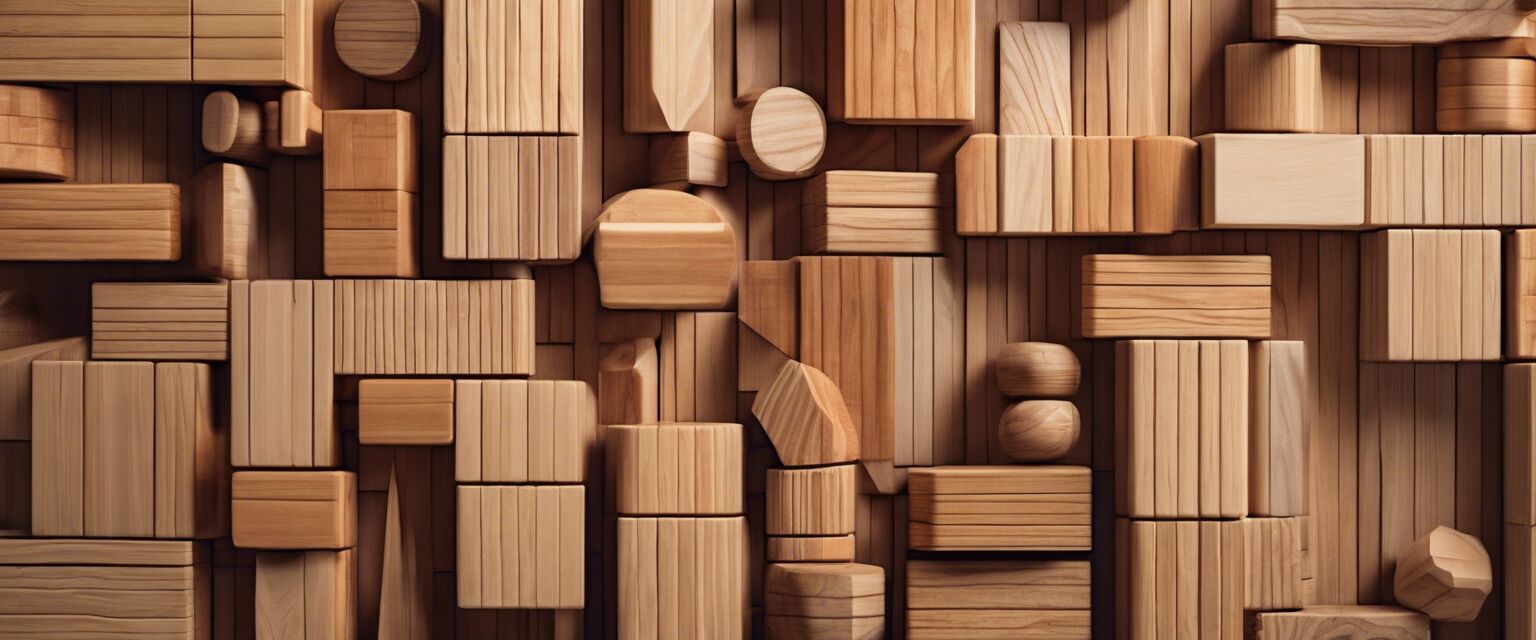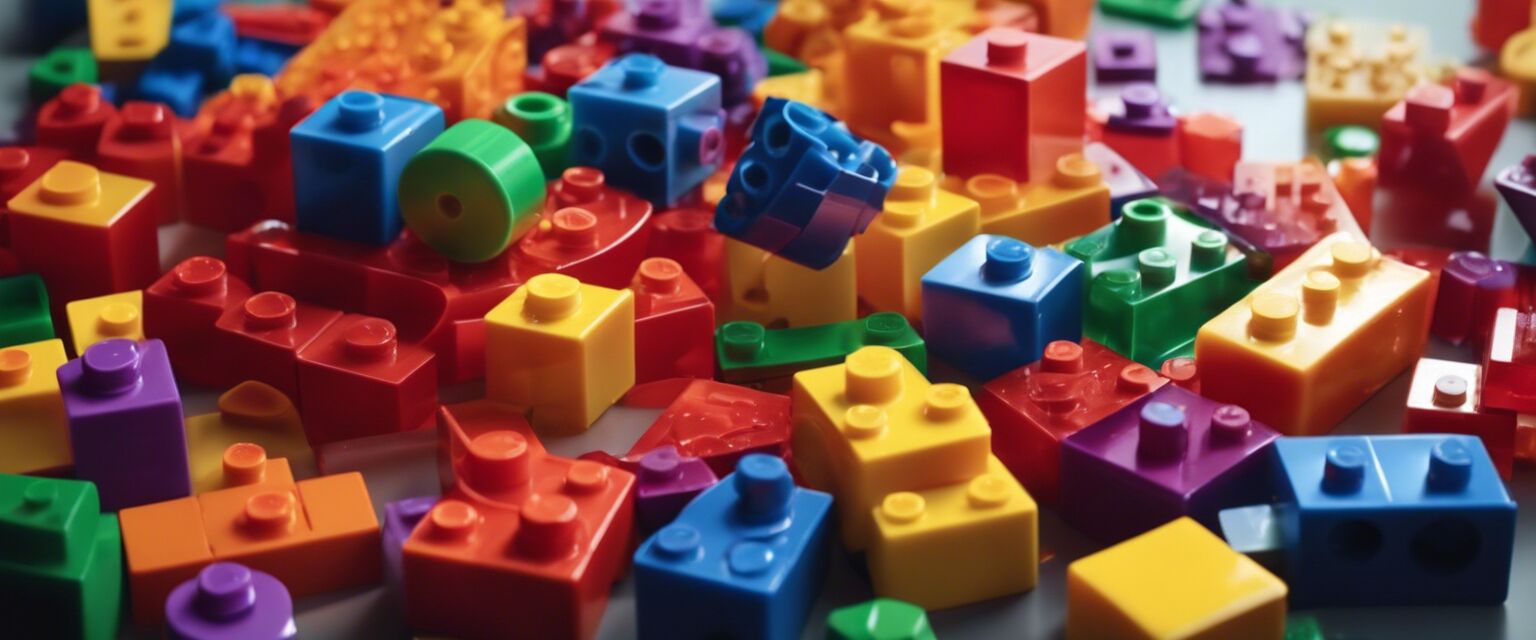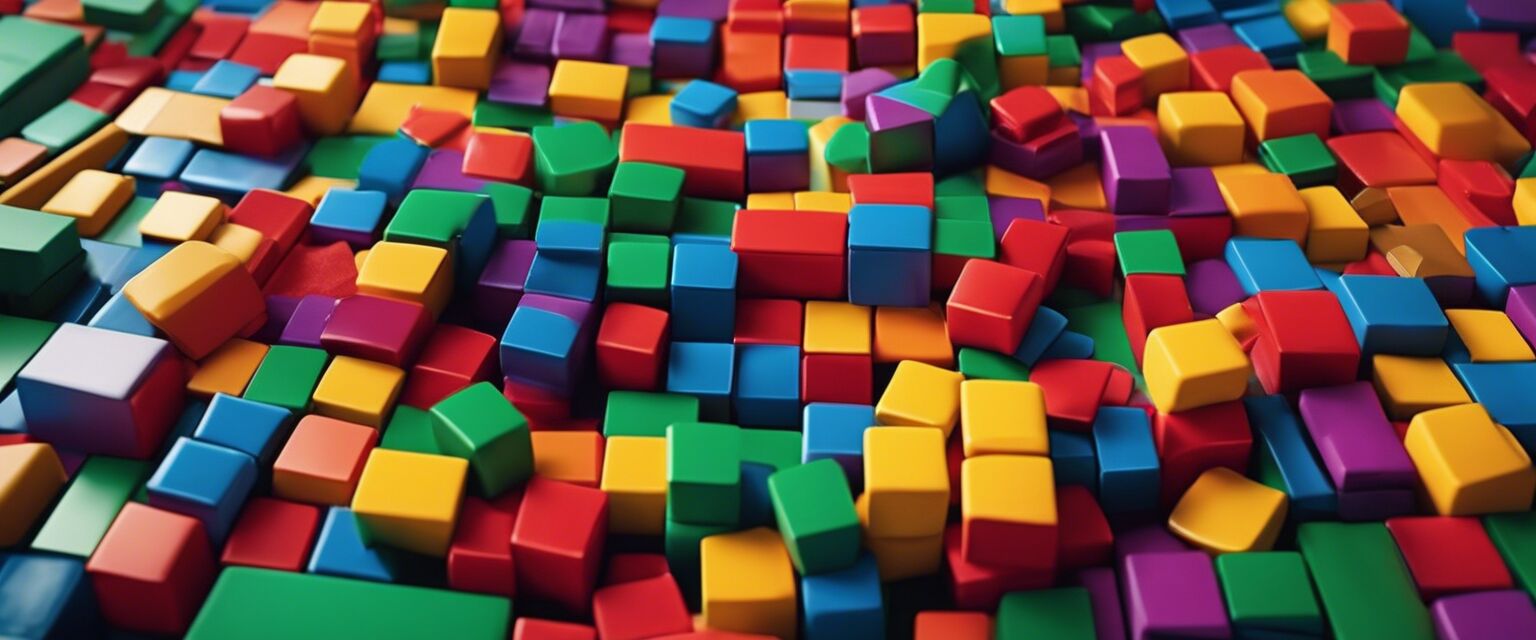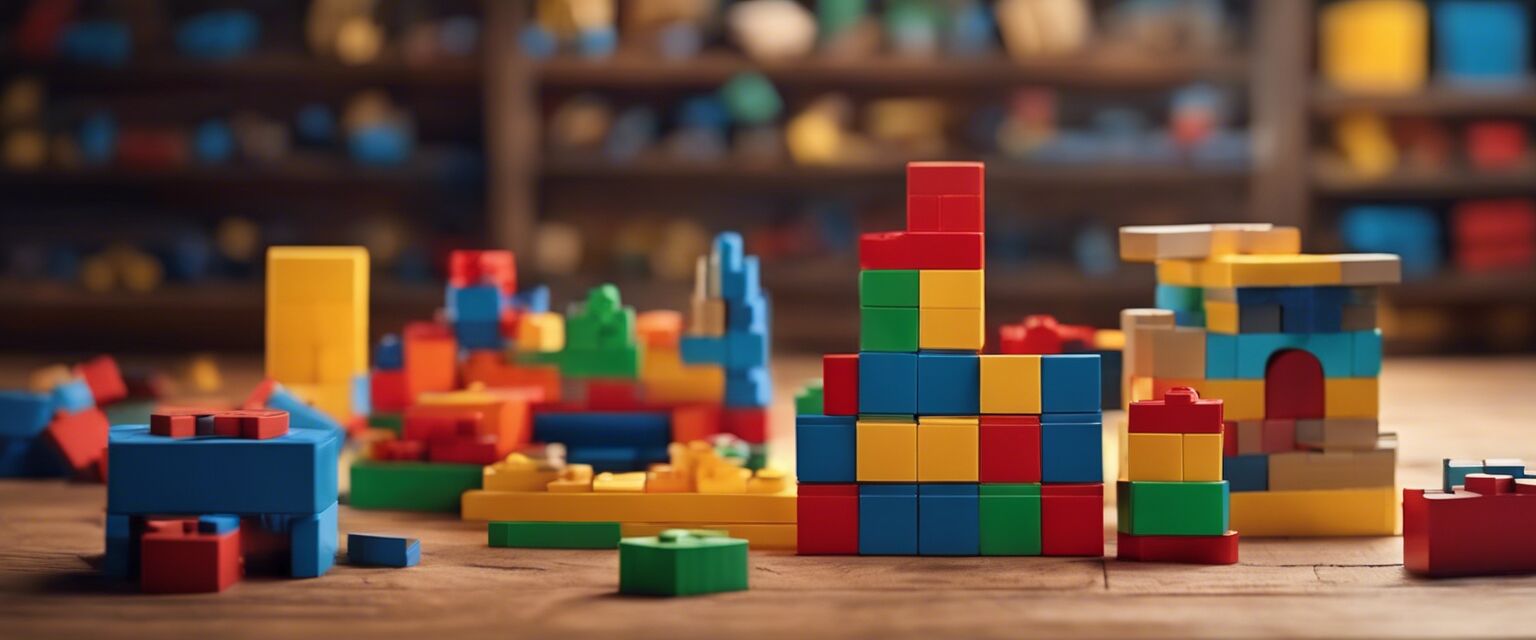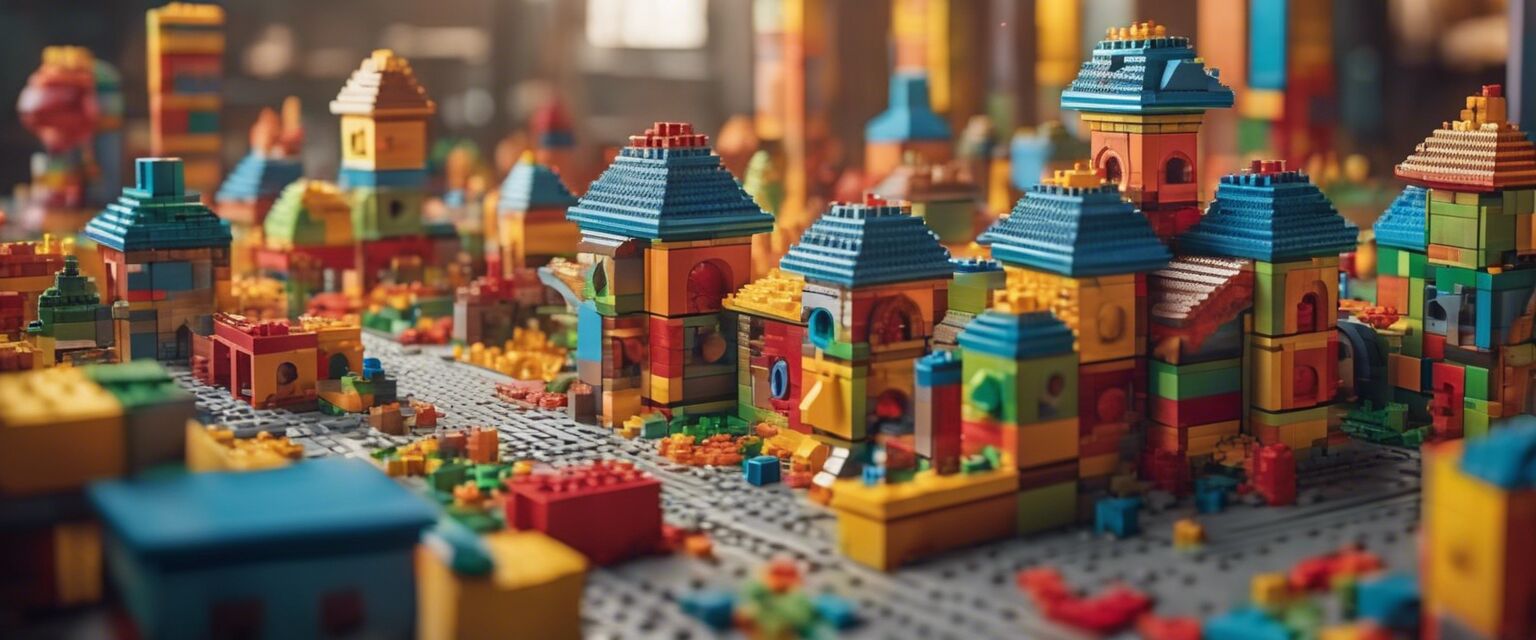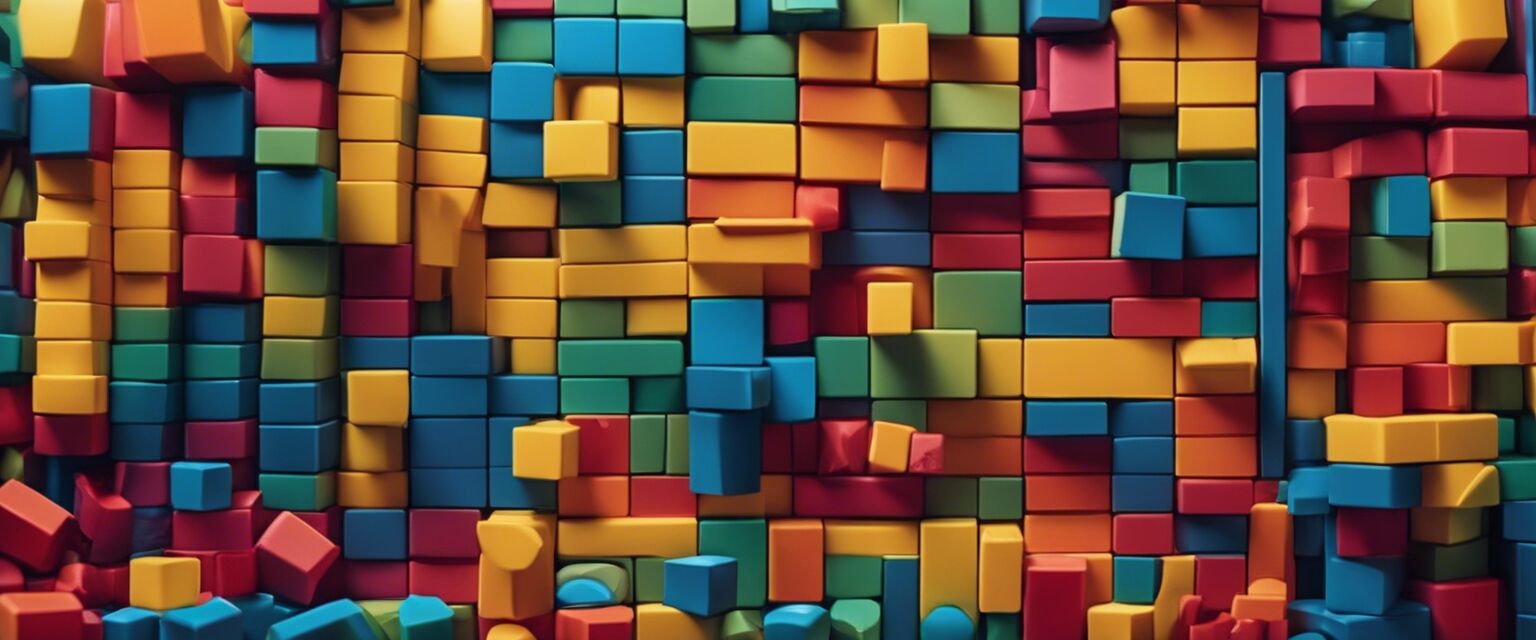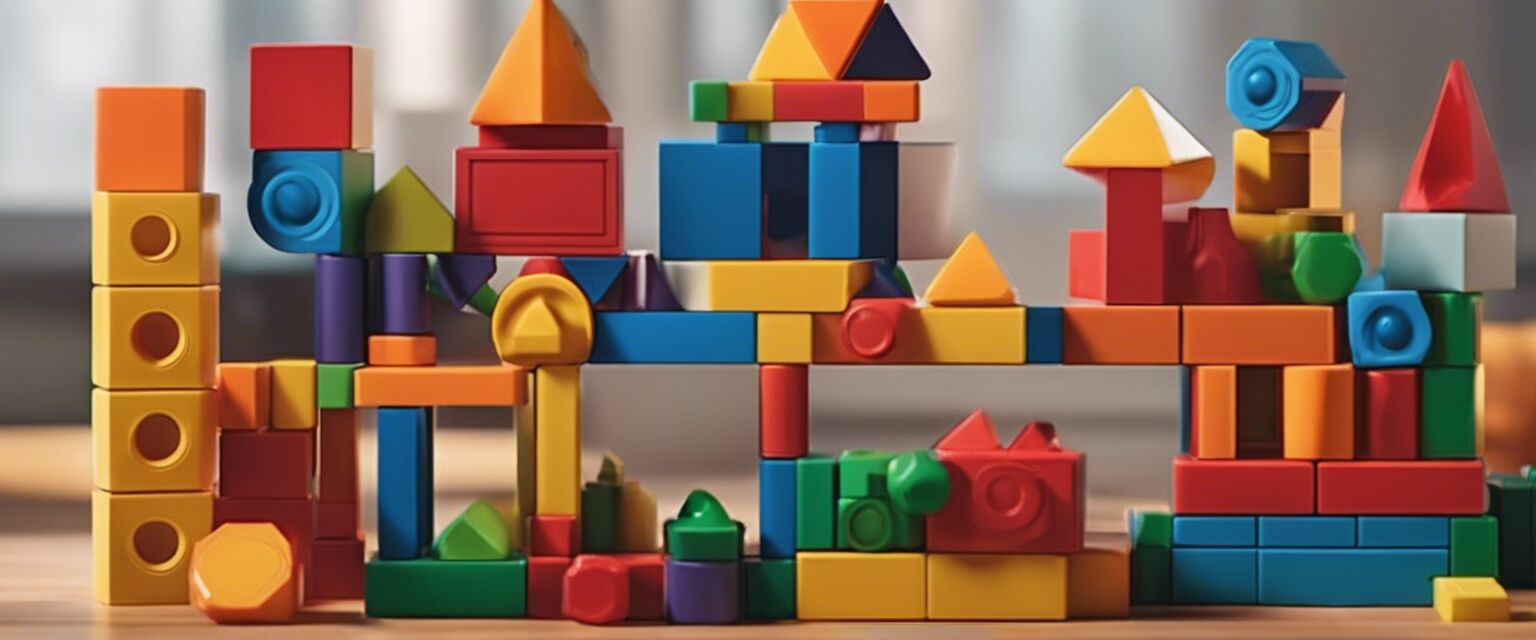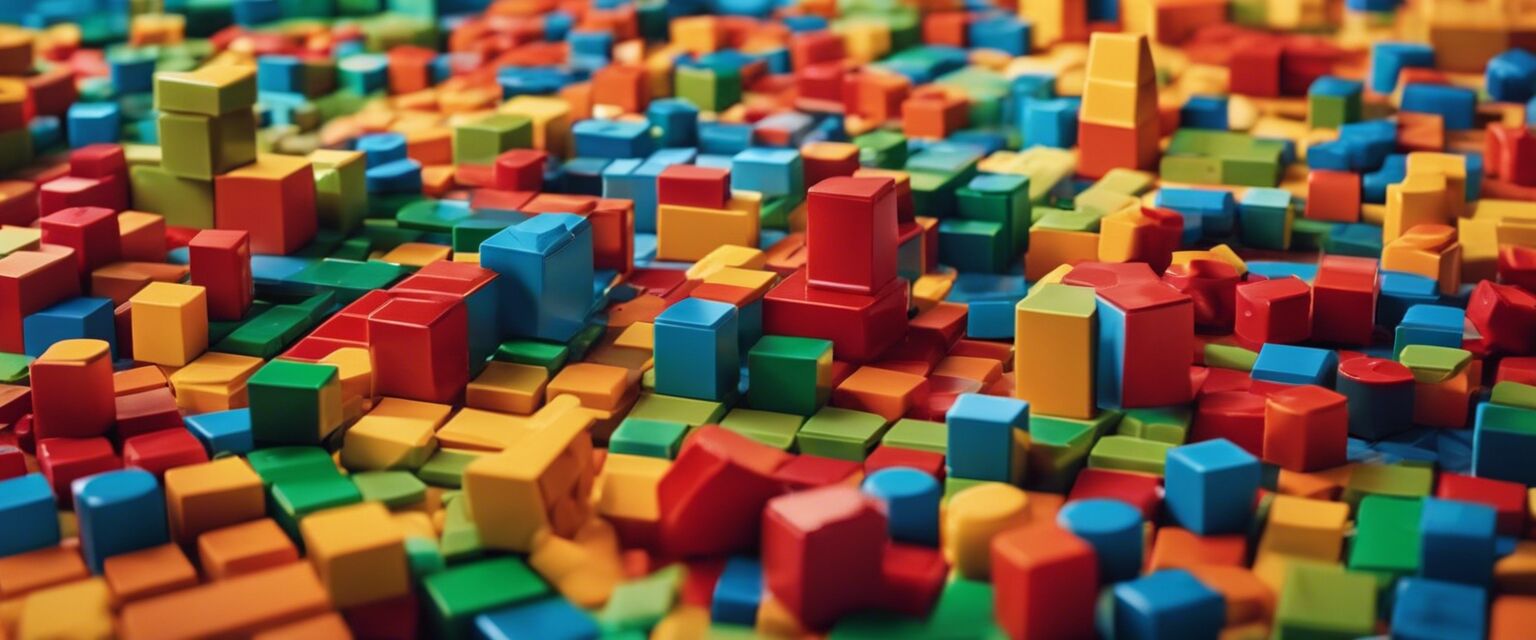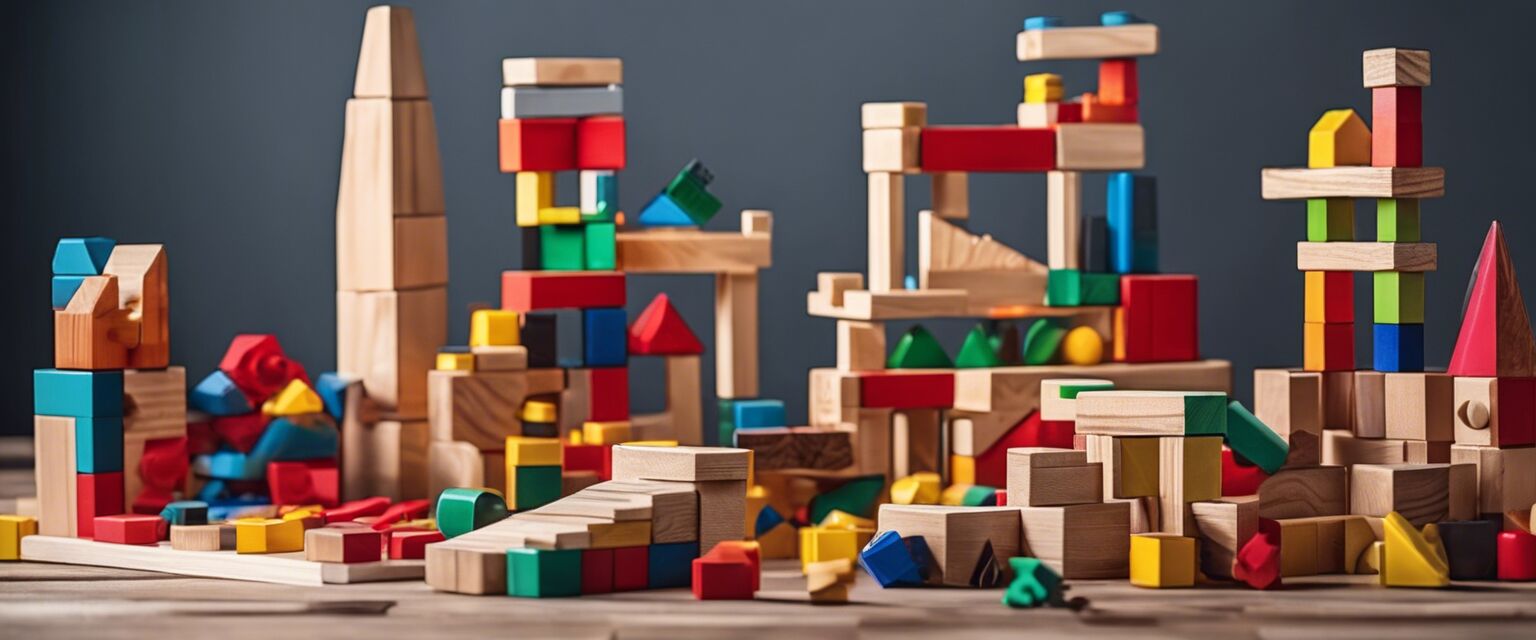
Types of Building Blocks
Building blocks are more than just toys; they are tools of creativity, learning, and development. In this article, we will explore different types of building blocks available today, comparing their features, benefits, and ideal uses.
Key Takeaways
- Building blocks come in various materials, including wood, plastic, and foam.
- Each type of building block serves different purposes, from educational to purely recreational.
- Understanding the unique characteristics of each type can help in choosing the right set for your needs.
- Exploring different categories can enhance creativity and problem-solving skills in children.
Introduction to building blocks
Building blocks have been a staple in children's play for generations. They stimulate imagination, foster creativity, and help develop fine motor skills. Today, the market offers a wide range of building block types, each with its own unique characteristics. Letâs dive deeper into the various types of building blocks that you can explore.
Types of building blocks
| Type of Block | Description | Best For |
|---|---|---|
| Wooden Blocks | Classic and durable, wooden blocks come in various shapes and sizes. | Creative play and sensory development. |
| Plastic Blocks | Lightweight and colorful, these blocks offer easy assembly and disassembly. | Building complex structures. |
| Magnetic Blocks | These blocks have magnets built-in, allowing for unique building experiences. | Encouraging engineering skills and creativity. |
| Foam Blocks | Soft and safe, foam blocks are perfect for younger children. | Safe play and imaginative structures. |
| LEGO Sets | Detailed sets that allow for advanced building, often themed. | Specific projects and advanced creativity. |
Comparison of different building block types
| Feature | Wooden Blocks | Plastic Blocks | Magnetic Blocks | Foam Blocks | LEGO Sets |
|---|---|---|---|---|---|
| Durability | High | Moderate | High | Low | Moderate |
| Age Range | 3+ | 4+ | 5+ | 1+ | 6+ |
| Creativity | High | Moderate | Very High | Moderate | Very High |
| Price Range | $$ | $$ | $$$ | $ | $$$$ |
Benefits of different types of building blocks
Each type of building block offers unique benefits that cater to different developmental needs and play styles. Here are some advantages of each type:
- Wooden Blocks: Promote sensory exploration and creativity with a natural feel.
- Plastic Blocks: Lightweight, easy to handle, and excellent for building intricate designs.
- Magnetic Blocks: Inspire engineering skills and innovative thinking with their unique connection method.
- Foam Blocks: Safe and ideal for younger children, encouraging imaginative play.
- LEGO Sets: Provide structured building experiences and enhance problem-solving skills.
Choosing the right building blocks for your child
Selecting the right building blocks can be overwhelming due to the variety available. Here are some tips to help you make the best choice:
Tips for beginners
- Consider the age of your child when selecting blocks.
- Think about the type of play your child enjoysâcreative, structured, or a mix.
- Look for sets that encourage problem-solving and critical thinking.
- Check the materials for safety and durability.
- Mix and match different types for a richer play experience.
Where to find building blocks
You can explore various architectural model kits, classic building sets, and educational building kits available in the market. These categories offer numerous options to suit different preferences and age groups.
Conclusion
Building blocks are a fantastic way to foster creativity, learning, and development in children. Whether you opt for wooden, plastic, magnetic, foam, or LEGO blocks, each type has its unique benefits. Assessing your child's interests and age will help you make an informed decision, ensuring hours of fun and educational play.
Pros
- Enhances creativity and imagination.
- Improves fine motor skills and dexterity.
- Encourages problem-solving and critical thinking.
- Promotes collaborative play and social skills.
Cons
- Some types can be expensive.
- Small pieces can be a choking hazard for younger children.
- Durability varies by material type.
- Storage can be challenging for larger sets.
Further exploration
For those looking to expand their collection, consider checking out our range of fantasy block worlds and mechanical building sets. Each category provides a unique approach to building and play, enhancing the overall experience.
Visual Inspiration
